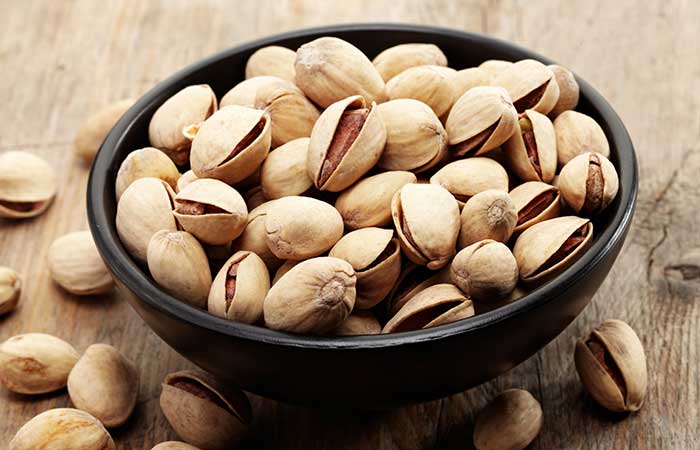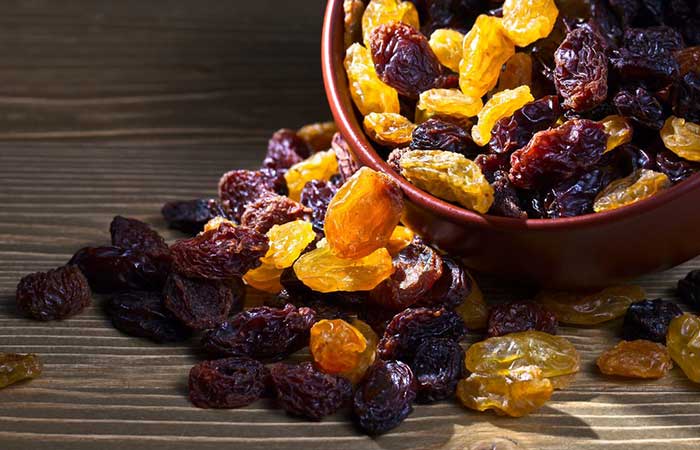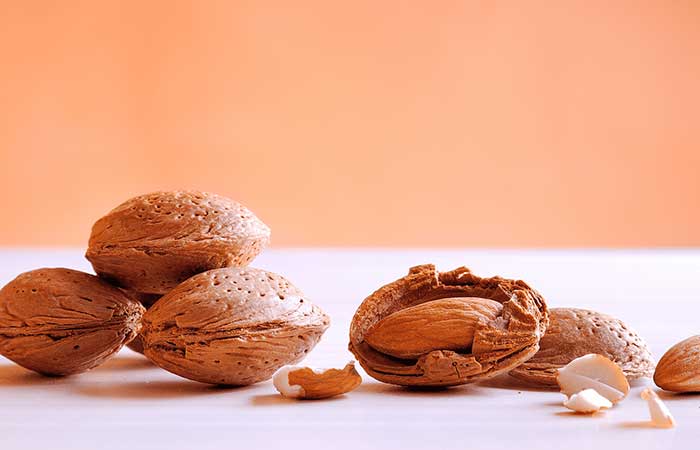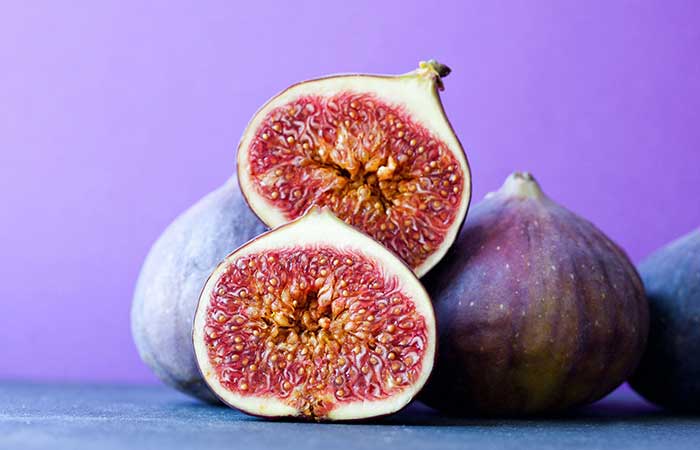Pistachio; Definition, Nutritions and Benefits

Pistachios are indeed members of the cashew family (Anacardiaceae) and are primarily grown in dry, warm or temperate climates. The pistachio tree is believed to have originated in Iran and has been widely cultivated across regions ranging from Afghanistan to the Mediterranean area, as well as in California.
The edible seeds of the pistachio tree, commonly referred to as pistachios, can be enjoyed fresh or roasted and are frequently used in various desserts like baklava, halvah, and ice cream. Their distinctive yellowish-green color can also be utilized as a natural coloring agent in confections.
Pistachios are nutritionally valuable, being high in protein, healthy fats, dietary fiber, and vitamin B6. They are often regarded as a nutritious and tasty snack, and their versatility in culinary applications has made them popular in various cuisines around the world.
The pistachio tree typically has wide-spreading branches and doesn't grow very tall, rarely exceeding 9 meters (30 feet) in height. Its leaves are composed of one to five pairs of thick, wide, leathery, pinnate leaflets.
Regarding its reproductive behavior, pistachio trees are usually dioecious, which means individual trees bear either male or female flowers. They heavily rely on wind pollination for fertilization.
The fruits of the pistachio tree are called drupes and are white in color. They measure about 1.5 to 2 cm (0.6 to 0.8 inches) in length and tend to split at one side without releasing the seed (pistachio nut).
The pistachio nut itself is a greenish kernel enclosed in a thin, tightly adhering, reddish skin. It has a pleasant and mild resinous flavor, making it a popular choice for culinary uses and snacks.
To ensure effective pollination and a good yield of pistachios, it is common practice to interplant male trees with female trees in a specific ratio, such as 1:5 or 1:6. This ensures that there are enough male trees to produce pollen for the female trees, leading to successful fruit set and nut production.
Health Benefits
Pistachios offer various health benefits due to their nutrient-rich composition. Here are some of the potential health benefits associated with consuming pistachios:
- Heart Health: Pistachios are known to promote heart health. They contain unsaturated fats, which can help lower LDL cholesterol (the "bad" cholesterol) levels and reduce the risk of heart disease. The presence of antioxidants like lutein and gamma-tocopherol in pistachios also contributes to cardiovascular health.
- Weight Management: Despite being relatively calorie-dense, pistachios may aid in weight management. The combination of protein, fiber, and healthy fats can increase feelings of fullness and reduce overall calorie intake.
- Blood Sugar Control: Pistachios have a low glycemic index, meaning they cause a slow and steady increase in blood sugar levels. This can be beneficial for individuals with diabetes or those at risk of developing type 2 diabetes.
- Gut Health: Pistachios are a good source of dietary fiber, which is essential for promoting a healthy digestive system. Fiber aids in smooth bowel movements and supports the growth of beneficial gut bacteria.
- Eye Health: The presence of lutein and zeaxanthin, two antioxidants found in pistachios, can help protect the eyes from age-related macular degeneration and cataracts.
- Antioxidant Properties: Pistachios are rich in antioxidants, such as vitamin E, which help neutralize harmful free radicals in the body and reduce oxidative stress.
- Nutrient Content: Pistachios contain essential nutrients like vitamin B6, thiamine, phosphorus, and potassium, which contribute to overall health and well-being.
- Skin Health: The antioxidants and healthy fats in pistachios can help maintain healthy skin by reducing inflammation and promoting skin hydration.
- Anti-Inflammatory Properties: Some studies suggest that pistachios may have anti-inflammatory effects, which can be beneficial for various health conditions related to chronic inflammation.
It's important to remember that while pistachios offer numerous health benefits, they should be consumed as part of a balanced diet. Like all foods, portion control is essential as they are calorie-dense, and excessive consumption may lead to weight gain. If you have specific health concerns or dietary restrictions, it's best to consult with a healthcare professional or a registered dietitian before making significant changes to your diet.
Nutritious
Indeed, pistachios are incredibly nutritious and energy-dense, making them a valuable addition to a well-balanced diet. The nutrient content you provided showcases their impressive nutritional profile. Let's highlight some key nutrients found in pistachios:
- Protein: Pistachios are a good source of plant-based protein, containing about 21 grams per 100 grams.
- Healthy Fats: They are rich in healthy fats, including monounsaturated and polyunsaturated fats, which are beneficial for heart health.
- Dietary Fiber: With approximately 10.3 grams of dietary fiber per 100 grams, pistachios can aid in digestion and support gut health.
- Micronutrients: Pistachios are a great source of essential minerals such as copper, vitamin B6, thiamine, phosphorus, magnesium, iron, potassium, and zinc.
- Vitamins: They also contain significant amounts of vitamins, including riboflavin, vitamin E, choline, folate, vitamin K, niacin, and calcium.
The presence of these nutrients makes pistachios a nutritious and wholesome food choice. However, it's important to keep in mind their high calorie content, as excessive consumption may lead to weight gain. Enjoy them as a part of a balanced diet and in appropriate portions to reap their health benefits while maintaining overall caloric balance. As with any dietary changes or specific health conditions, it's always wise to consult with a healthcare professional or a registered dietitian for personalized advice.
Top pistachio producing countries
The top pistachio-producing countries were as follows:
- Iran: Iran has been historically the largest producer of pistachios in the world. It is renowned for its high-quality pistachios and accounts for a significant portion of the global pistachio production.
- United States: The United States, particularly California, is the second-largest producer of pistachios. California is known for its large-scale commercial pistachio production and exports.
- Turkey: Turkey is another major player in the global pistachio market and has a significant share in the world's production.
- China: China has been steadily increasing its pistachio production and has become one of the leading producers in recent years.
- Syria: Syria was among the top pistachio-producing countries; however, due to the ongoing civil war, the production has significantly declined.
- Greece: Greece has a notable pistachio industry, with the majority of its production coming from the island of Aegina.
- Italy: Italy also produces a considerable amount of pistachios, particularly in the region of Sicily.
- Tunisia: Tunisia is a significant producer of pistachios, particularly in the southern parts of the country.
It's important to note that global agricultural dynamics can change, and the production rankings may vary over time due to various factors such as climate conditions, market demand, and economic developments. For the most current information on pistachio production, it is best to refer to up-to-date agricultural reports and data from reliable sources.
Iranian pistachios
Iranian pistachios, also known as Persian pistachios, are one of the most renowned and prized varieties of pistachios in the world. Iran is historically one of the largest producers and exporters of pistachios, and its unique climate and growing conditions contribute to the exceptional quality and taste of the nuts.
The pistachio variety grown in Iran is primarily the Pistacia vera, also known as the "common pistachio" or "true pistachio." Iranian pistachios are distinguished by their distinct flavor, vibrant green color, and relatively large size compared to other varieties.
Some of the popular types of Iranian pistachios include:
- Kerman Pistachios: Grown in the Kerman province of Iran, these pistachios are one of the most well-known varieties. They have a slightly elongated shape, a vibrant green color, and a sweet, rich flavor.
- Fandoghi Pistachios: This variety is smaller in size compared to Kerman pistachios. They are slightly rounder and have a lighter green color. Fandoghi pistachios are known for their excellent taste and are often used in various confections.
- Ahmad Aghaei Pistachios: These pistachios are elongated and have a bright green color. They are considered to have a slightly more open shell than other varieties, making them easier to open.
- Akbari Pistachios: Akbari pistachios are among the largest varieties grown in Iran. They are long, dark green, and have a distinct taste that is both sweet and nutty.
- Iranian pistachios are widely used in the food industry and are particularly favored in confectionery, pastries, ice cream, and various desserts. They are also popular as a healthy snack due to their excellent nutritional content.
It's important to note that the quality and flavor of pistachios can vary based on factors such as the specific region in Iran where they are grown, the harvesting and processing methods, and the storage conditions. When buying pistachios, it's a good idea to look for reputable brands and sources to ensure you get the best quality nuts.
Similar Articles
Bell peppers belong to the nightshade family (Solanaceae) and are cultivated primarily for their mild, thick-fleshed fruits. These peppers are commonly used both in salads and various cooked dishes
Raisins have a long and storied history, dating back thousands of years to ancient civilizations like Persia and Egypt. They were not only consumed as a food source but also held cultural and religious
Almonds are indeed a popular and versatile tree nut used in various culinary applications around the world. Here are some key points about almonds:Botanical Description: The almond tree, scientifically
The fig (Ficus carica) is a member of the mulberry family (Moraceae) and is known for its delicious edible fruit. The common fig is native to an area that stretches from Asiatic Turkey to northern





